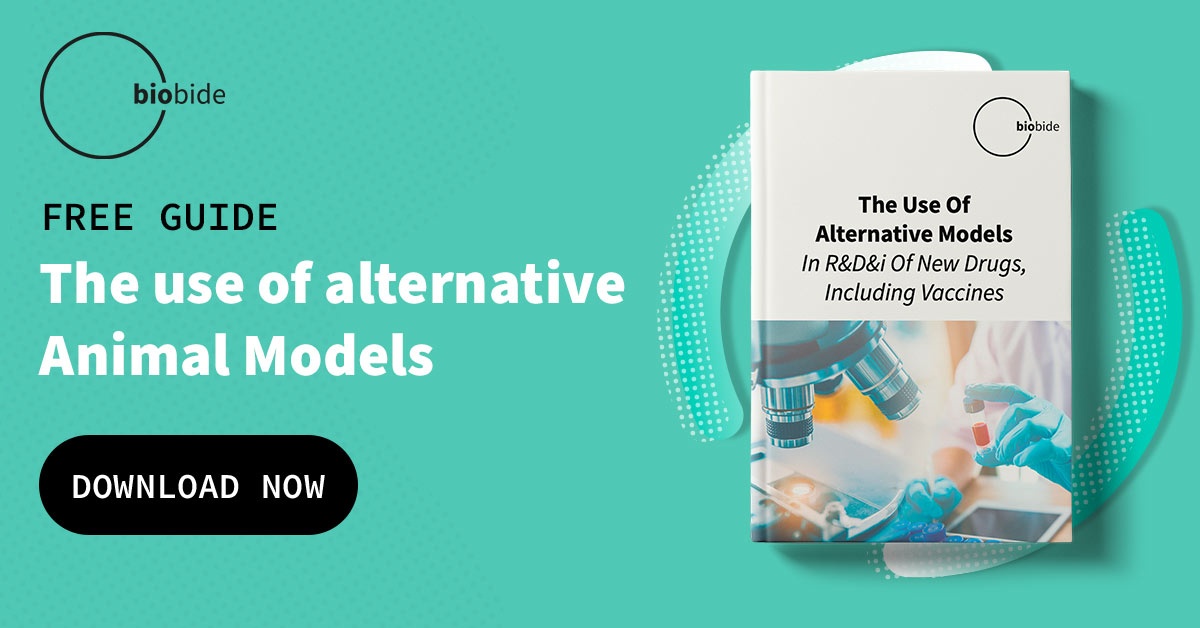Zebrafish (Danio rerio) has become a cornerstone and pivotal New Alternative Methodology (NAM) in the field of scientific and preclinical research, revolutionizing various areas from Genetics to Drug Discovery and Development, or Toxicology. Their rapid reproduction, transparency of embryos, and genetic similarities to humans are just a few of the characteristics that make Zebrafish an invaluable NAM. In addition to complying with the 3R principle (Replacement, Reduction, and Refinement) this model is an overall reliable, and cost-effective in vivo NAM, highly valuable for basic research, preclinical assays, and toxicology studies. However, ensuring their well-being in laboratory settings is crucial for ethical and consistent research outcomes. Enrichment is a multifaceted approach focused on enhancing the physical and psychological environment of Zebrafish in facilities.
Understanding Enrichment
Enrichment is the practice of providing animals with stimuli that encourage natural behaviors, mental engagement, and physical activity, mimicking their natural habitat. It aims to reduce stress, promote health, and stimulate cognitive abilities. Enrichment strategies can vary, but typically include alterations in the physical environment, social interactions, and dietary aspects.
Physical Environment Enrichment
Optimizing the tank environment plays a pivotal role in fish welfare. Enrichment techniques in Zebrafish involve introducing live or artificial vegetation, shelters, and various substrates like gravel or sand. These additions offer hiding spots, simulate natural habitat complexity, and encourage exploratory behavior.
Additionally, modifications in lighting patterns, water flow, and temperature gradients help mimic natural conditions and promote physiological diversity, improving overall health and breeding success.
Social Enrichment
Fish are social animals, thriving in groups. Providing adequate space and social interactions is crucial for their mental well-being. Enrichment for Zebrafish includes housing them in larger groups, introducing new tank companions periodically, and maintaining balanced gender ratios to prevent isolation and aggression.
Cognitive Enrichment
Stimulating cognitive abilities is as essential as physical well-being. Cognitive enrichment involves introducing puzzles, mazes, or novel objects into the fish tanks. These objects encourage exploration, problem-solving, and learning, which are integral to maintaining mental health and promoting natural behaviors in Zebrafish.
Dietary Enrichment
Most fish require a balanced diet for optimal health. Enrichment in this domain for Zebrafish involves diversifying their diet with live food, such as artemia or daphnia, in addition to standard pellet food. This variation not only provides essential nutrients but also stimulates hunting behaviors, fostering a more natural feeding experience.
Benefits and Implications
Implementing enrichment strategies in zebrafish facilities offers innumerable benefits. Enhanced well-being leads to more accurate research results due to reduced stress-related variables, improved reproduction rates, and increased adaptability to experimental conditions. Furthermore, ethically, ensuring the welfare of zebrafish aligns with the principles of responsible animal research and welfare.
Challenges and Future Directions
Despite its proven benefits, implementing enrichment strategies in zebrafish facilities can pose challenges such as cost, space limitations, or standardization of protocols across research institutions and companies. Future research may focus on developing cost-effective enrichment methods, understanding individual variability in responses to enrichment, and establishing standardized guidelines for zebrafish welfare.
Conclusion
Enrichment in zebrafish facilities is a cornerstone of responsible animal research, aiming not only to improve their well-being but also to enhance the quality and reliability of scientific data. By mimicking natural conditions and promoting natural behaviors, enrichment strategies are pivotal in ensuring these remarkable creatures thrive in laboratory settings, advancing in diverse areas such as Drug Discovery and Development, basic research, or Toxicology, and Ecotoxicity while upholding ethical standards.
Through a comprehensive approach encompassing physical, social, cognitive, and dietary aspects, the scientific community can continue to pave the way for groundbreaking research while ensuring the welfare of these invaluable aquatic organisms.
References:
- Krueger LD, Thurston SE, Kirk J, Elsaeidi F, Freeman ZT, Goldman D, Lofgren JL, Keller JM. Enrichment Preferences of Singly Housed Zebrafish (Danio rerio). J Am Assoc Lab Anim Sci. 2020 Mar 1;59(2):148-155. doi: 10.30802/AALAS-JAALAS-19-000078. Epub 2020 Feb 5. PMID: 32024580; PMCID: PMC7073398.
- Stevens CH, Reed BT, Hawkins P. Enrichment for Laboratory Zebrafish-A Review of the Evidence and the Challenges. Animals (Basel). 2021 Mar 5;11(3):698. doi: 10.3390/ani11030698. PMID: 33807683; PMCID: PMC8001412.
- Gallas-Lopes, M., Benvenutti, R., Donzelli, N.I.Z. et al. A systematic review of the impact of environmental enrichment in zebrafish. Lab Anim 52, 332–343 (2023). https://doi.org/10.1038/s41684-023-01288-w
- Tsang, Benjamin, and Robert T Gerlai. “Common Aquarium Plants as an Enrichment Strategy in Zebrafish Facilities.” Zebrafish 19.6 (2022): 218–223. Web.




